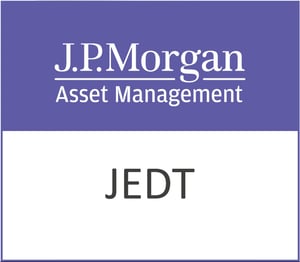As one of the stalwarts of the British grocery sector, J Sainsbury plc (SBRY.L) continues to command attention on the London Stock Exchange. With a history dating back to 1869, Sainsbury’s has evolved from a single store to a sprawling retail giant encompassing food, general merchandise, clothing, and financial services. The company’s footprint spans the United Kingdom and the Republic of Ireland, operating under brands such as Argos, Nectar, Habitat, and Tu. Notably, Sainsbury’s has also ventured into sustainable initiatives with electric charging stations under the Smart Charge brand.
Currently, Sainsbury’s market capitalisation stands at $5.94 billion, situating it firmly within the consumer defensive sector, specifically in grocery stores. The stock is trading at 256.8 GBp, reflecting a modest price change of 0.04%. Over the past year, the share price has fluctuated between 228.80 GBp and 299.80 GBp, showcasing moderate volatility in a challenging retail landscape.
Valuation metrics for Sainsbury present a mixed bag. The trailing P/E ratio is conspicuously absent, while the forward P/E ratio is strikingly high at 1,090.77, suggesting potential expectations of future earnings growth or current overvaluation. Traditional valuation metrics like the PEG, Price/Book, and Price/Sales ratios are also unavailable, adding layers of complexity for potential investors seeking clear financial insights.
Despite these valuation challenges, Sainsbury’s has delivered a return on equity of 6.21%, which, while modest, indicates a measure of profitability and efficient use of shareholders’ equity. The company’s free cash flow is a robust £541 million, underscoring its capacity to support ongoing operations and investment initiatives.
Investors often look to dividends as a measure of stability in defensive stocks, and Sainsbury’s does not disappoint with a dividend yield of 5.30%. However, the payout ratio of 74.01% could raise questions about the sustainability of such payouts, especially amid negative revenue growth of -0.70%.
Analyst sentiment towards Sainsbury is cautiously optimistic, with eight buy ratings, three hold ratings, and two sell ratings. The target price range spans from 235.00 GBp to 345.00 GBp, with an average target of 291.46 GBp, implying a potential upside of 13.50%. This forecast suggests room for growth, albeit with the inherent risks associated with the current economic climate and retail sector pressures.
From a technical perspective, Sainsbury’s stock is trading above its 50-day moving average of 246.94 GBp but below the 200-day moving average of 265.94 GBp, signalling potential near-term momentum. The Relative Strength Index (RSI) at 64.20 and a positive MACD of 0.31 further indicate that the stock is in a relatively bullish phase, albeit approaching overbought territory.
Sainsbury’s diverse operations and strategic initiatives position it as a resilient player in the retail sector. However, potential investors should weigh the high forward P/E ratio and negative revenue growth against the attractive dividend yield and stable cash flow. As the company navigates the complexities of a post-pandemic retail environment, understanding these dynamics becomes crucial for informed investment decisions.






































